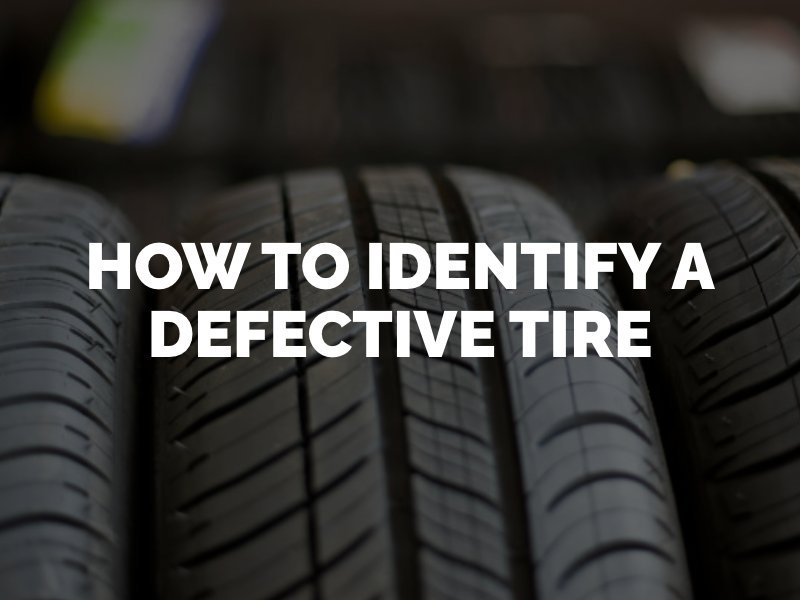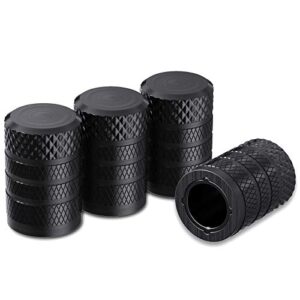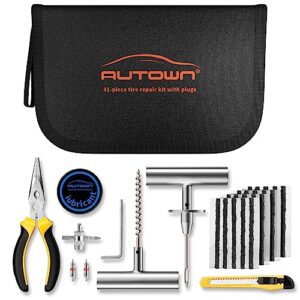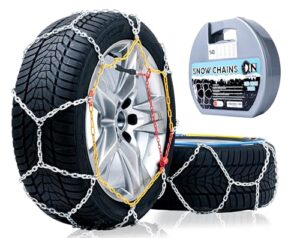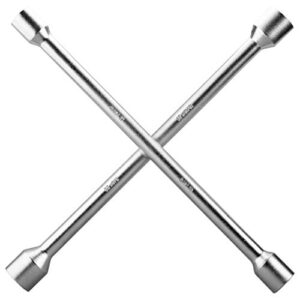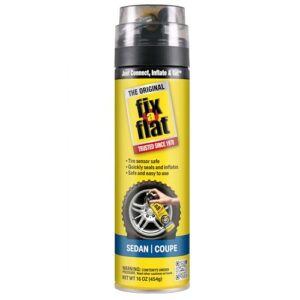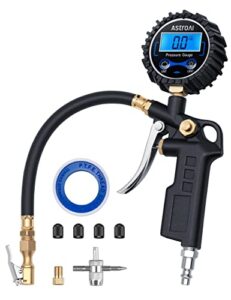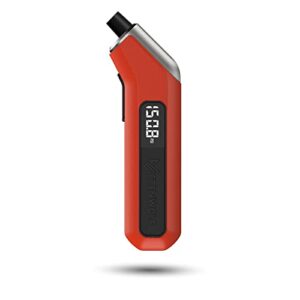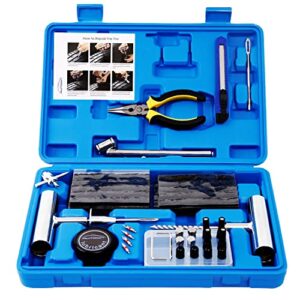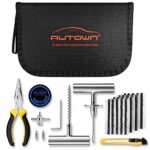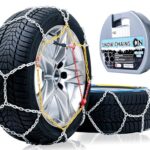A tire is defective if it has visible damage, such as cracks or bulges, or irregular tread wear. Uneven tread wear can indicate internal problems.
Tires play a crucial role in vehicle safety and performance. Defective tires can lead to accidents and poor handling. Regular inspections help identify potential issues early. Look for cracks, bulges, or cuts on the tire surface. Check for uneven tread wear, which may signal alignment or internal problems.
Proper tire maintenance extends their lifespan and ensures safety. Always consult a professional if you suspect a tire is defective. Regularly rotating tires and maintaining correct pressure also help in early detection of defects. Stay proactive about tire care to avoid unexpected problems on the road.
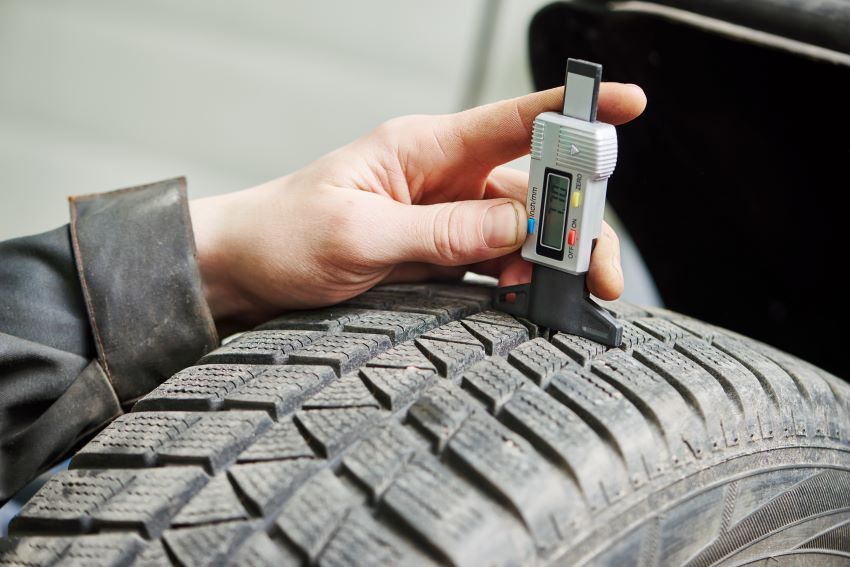
Signs Of Tire Defects
Knowing if a tire is defective is crucial for your safety. Tire defects can lead to accidents. Inspect your tires regularly. Look for these signs.
Visible Cracks
Cracks on the tire surface are a clear sign of defects. These cracks can appear on the sidewalls or tread. They often mean the rubber is aging or deteriorating.
- Check for small, hairline cracks.
- Look for deep, noticeable cracks.
- Examine the entire surface of the tire.
Deep cracks are especially dangerous. They can lead to blowouts. Replace tires with visible cracks immediately.
Uneven Tread Wear
Uneven tread wear indicates a problem. Your tires should wear evenly. This ensures they grip the road properly.
| Sign | Possible Cause |
|---|---|
| One side wears faster | Improper alignment |
| Center wears faster | Over-inflation |
| Edges wear faster | Under-inflation |
Use a tread depth gauge to check wear. Replace tires if tread depth is too low. Proper maintenance can prevent uneven wear.
Regularly inspect your tires. Look for visible cracks and uneven tread wear. These signs can help you identify defective tires early.
Common Causes Of Tire Defects
Understanding tire defects is crucial for vehicle safety. Defective tires can cause accidents. There are several common causes of tire defects. Some are due to manufacturing errors, while others result from improper storage. Let’s explore these causes in detail.
Manufacturing Errors
Manufacturing errors are a major cause of tire defects. These errors can occur at any stage of production. Common manufacturing errors include:
- Poor Quality Materials: Using low-quality rubber or steel.
- Improper Curing: Not allowing the tire to set properly.
- Design Flaws: Mistakes in the tire’s structural design.
These errors can lead to weak spots in the tire. Weak spots can cause blowouts or tread separation.
Improper Storage
Improper storage can also cause tire defects. Tires must be stored correctly to maintain their integrity. Common storage mistakes include:
- Exposure to Sunlight: UV rays can degrade the rubber.
- Extreme Temperatures: Both heat and cold can damage tires.
- Moisture: Water can cause the steel belts to rust.
Storing tires improperly can lead to cracks and other damage. Always store tires in a cool, dry place.
How To Inspect Tires
Knowing if a tire is defective can save lives. Regular tire inspections are crucial. Follow these steps to check your tires effectively.
Visual Inspection
Begin with a visual inspection of your tires. Look for any visible damage.
- Check for cracks on the tire surface.
- Look for bulges or blisters on the sidewalls.
- Ensure there are no embedded objects like nails or glass.
- Inspect for uneven wear patterns.
Use a flashlight if needed. Make sure to inspect both the front and back tires.
Tread Depth Measurement
Next, measure the tread depth of your tires. Adequate tread depth is essential for safe driving.
- Use a tread depth gauge.
- Insert the gauge into the tire tread grooves.
- Read the measurement on the gauge.
If you don’t have a gauge, use a coin. Insert a penny into the tread groove with Lincoln’s head facing down. If you can see all of Lincoln’s head, the tread depth is too low.
| Measurement | Condition |
|---|---|
| More than 2/32 inch | Good |
| 2/32 inch | Replace Tire |
Regular tire inspections can prevent accidents. Stay safe by ensuring your tires are in good condition.
Tools For Tire Inspection
Inspecting your tires regularly is crucial for safety. Using the right tools makes this task easier and more accurate. Below are essential tools to check your tire’s health.
Tread Depth Gauge
A tread depth gauge is a must-have tool. It measures the depth of your tire’s tread. Adequate tread depth ensures proper grip on the road.
Using a tread depth gauge is simple:
- Insert the gauge into the tire’s tread grooves.
- Read the measurement on the gauge.
If the reading is below 2/32 of an inch, your tire is worn out. Replace it immediately for safe driving.
Pressure Gauge
A pressure gauge checks the air pressure in your tires. Proper tire pressure ensures better fuel efficiency and safety.
Steps to use a pressure gauge:
- Remove the tire’s valve cap.
- Attach the gauge to the valve stem.
- Read the pressure measurement on the gauge.
Compare the reading to your vehicle’s recommended pressure. Inflate or deflate the tire as needed.
Keep a pressure gauge handy in your car. Check your tire pressure monthly.
When To Seek Professional Help
Knowing when to seek professional help for tire issues is vital. While some problems are minor, others require expert attention. This section will guide you on recognizing these situations.
Recurring Issues
If you face the same tire problem repeatedly, it may be time to call a professional. Common recurring issues include:
- Frequent air pressure loss
- Ongoing vibrations while driving
- Repeated tire balancing problems
These issues might indicate a deeper problem. A professional can diagnose and fix it correctly.
Severe Damage
Some tire damages are too severe for DIY fixes. Look for these signs:
- Large punctures or cuts
- Bulges or blisters on the tire surface
- Visible cords or wires
Such damages compromise your safety. A professional evaluation is essential.
| Issue | Why Seek Professional Help? |
|---|---|
| Frequent air pressure loss | May indicate a leak or valve issue |
| Ongoing vibrations | Could be due to alignment or balancing problems |
| Large punctures | Unsafe to drive on; needs expert repair |
| Bulges on tire surface | Indicates internal damage; tire replacement needed |
Remember, your safety relies on your tires’ condition. Seeking professional help ensures your vehicle remains safe and roadworthy.
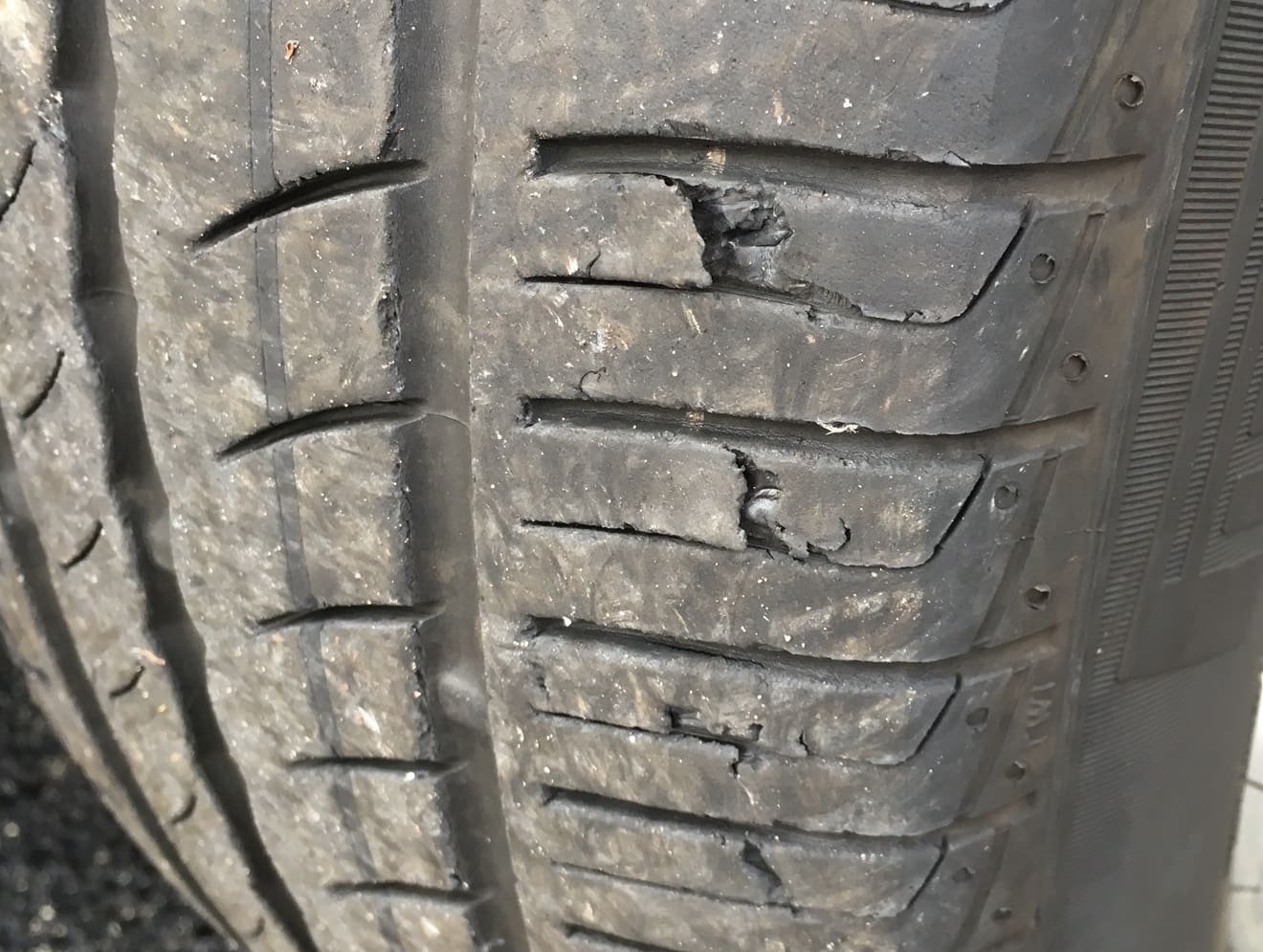
Preventive Measures
Preventing tire defects is crucial for your safety on the road. Regular checks can save you from accidents and costly repairs. Here are some preventive measures to ensure your tires are always in top condition.
Regular Maintenance
Regular maintenance is key to detecting tire defects early. Follow these steps for effective tire care:
- Inspect your tires weekly: Look for any visible damage or wear.
- Rotate your tires: Rotate every 5,000 to 7,000 miles to ensure even wear.
- Check alignment: Poor alignment can cause uneven tire wear.
- Balance your tires: Unbalanced tires can lead to vibrations and premature wear.
Proper Inflation
Proper tire inflation ensures a smooth and safe ride. Follow these tips for maintaining correct tire pressure:
- Use a reliable gauge: Check tire pressure monthly with a quality gauge.
- Follow manufacturer’s recommendations: Refer to your car’s manual for the right pressure levels.
- Adjust pressure based on load: Increase or decrease pressure according to the vehicle load.
- Monitor temperature changes: Tire pressure can fluctuate with temperature changes.
Maintaining proper tire care keeps you safe and extends tire life. Always prioritize these preventive measures for a worry-free driving experience.
Tire Warranty And Returns
Understanding if a tire is defective can be tricky. A tire warranty can help you know your rights. It also provides a way to get a refund or replacement. Knowing the steps to file a claim is crucial. This section covers how to handle tire warranty and returns.
Understanding Your Warranty
Not all warranties are the same. Some cover only specific defects. Others offer full replacement. Check your tire warranty documents carefully. Look for coverage details and time limits.
Here is a simple table to help you understand common warranty types:
| Warranty Type | Coverage |
|---|---|
| Manufacturer’s Warranty | Defects in materials or workmanship |
| Road Hazard Warranty | Damage from nails, glass, or potholes |
| Limited Treadwear Warranty | Premature tire wear |
How To File A Claim
Filing a warranty claim involves a few steps. Follow this guide to ensure a smooth process.
- Document the Issue: Take clear pictures of the defect.
- Find Your Receipt: Keep your purchase proof handy.
- Contact the Seller: Report the issue to the store where you bought the tire.
- Complete a Claim Form: Fill out any required paperwork.
- Ship the Tire: Some claims require sending the tire back.
Make sure to follow the instructions on the warranty. Missing a step can delay your claim.

Expert Tips For Tire Care
Maintaining your tires is essential for safe driving. Regular tire care helps you identify defects early. Here are some expert tips for tire care.
Routine Checks
Perform routine checks to ensure tire safety. Look for visible damage, such as cuts or punctures. Check tire pressure weekly. Proper pressure improves tire lifespan and fuel efficiency.
- Inspect tread depth. Use a penny to measure depth.
- Examine sidewalls for cracks or bulges.
- Rotate tires every 6,000 miles to ensure even wear.
- Check for embedded objects like nails or glass.
Seasonal Considerations
Different seasons demand specific tire care routines. Winter tires perform better in cold weather. Summer tires are designed for hot conditions.
Consider these tips for seasonal tire care:
| Season | Care Tips |
|---|---|
| Winter |
|
| Summer |
|
Seasonal tire care ensures your safety and increases tire performance. Follow these expert tips to keep your tires in top condition.
Frequently Asked Questions
How Can You Tell If A Tire Is Defective?
Check for cracks, bulges, or uneven tread wear. Listen for unusual noises or vibrations while driving. Inspect sidewalls for damage.
What Does A Defective Tire Feel Like?
A defective tire may feel bumpy, shaky, or unbalanced. You might hear unusual noises or experience poor handling.
How Do You Know If Your Tire Is Damaged?
Check for visible cuts, cracks, or bulges. Listen for unusual noises while driving. Feel for vibrations or pulling. Inspect tread depth regularly. Monitor tire pressure frequently.
Which Of The Following Would Be Considered A Tire Defect?
Tire defects include tread separation, sidewall bulges, cracks, uneven wear, and manufacturing flaws. These issues can cause accidents. Regularly inspect tires for safety.
Conclusion
Identifying a defective tire is crucial for safety. Regular checks and knowing the signs can prevent accidents. Always consult a professional if unsure. Understanding these indicators helps maintain your vehicle’s performance. Stay vigilant and ensure your tires are in top condition.
Your safety on the road depends on it.


